
Ed Fickett deserves a better book
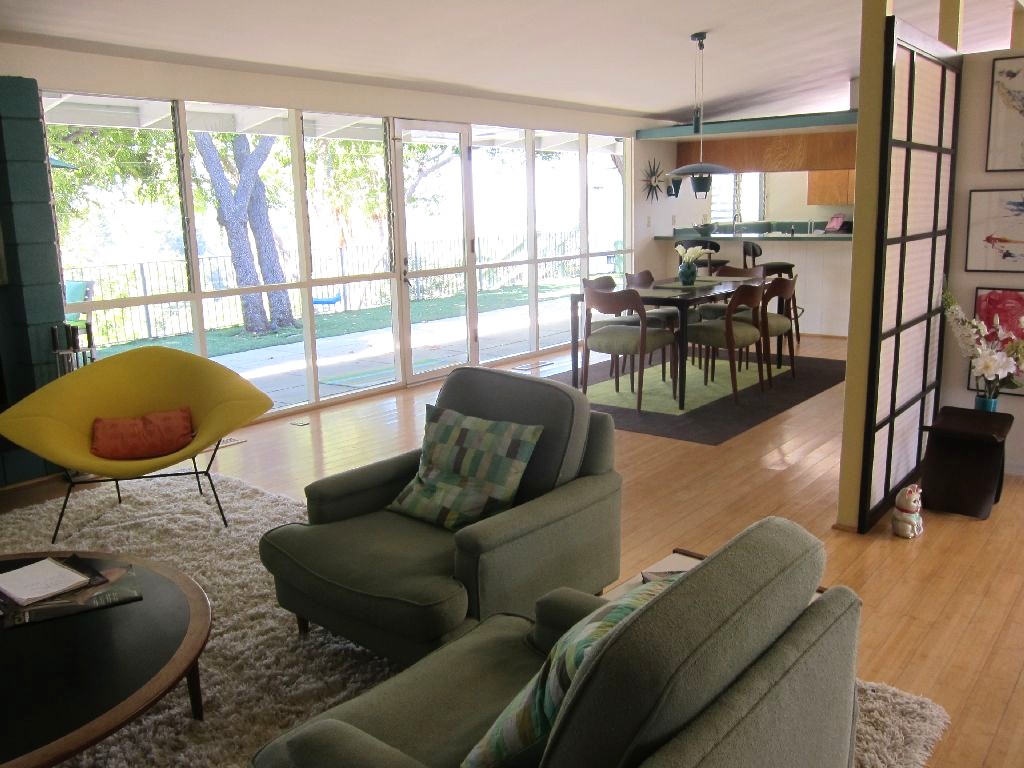 |
|
|
A bad book about a good architect is a sad thing. The subject of ‘California Moderne and the Mid-Century Dream: The Architecture of Edward H. Fickett’ deserves better.
Ed Fickett (1916-1999) was one off the most prolific designers of tract homes, mostly built in the Los Angeles area but some built elsewhere as well, including the Bay Area. Many were beautifully designed modern homes with characteristics all their own.
Many more were ranch-style tract homes in appearance, though generally with open plans, and often with other touches of modern design, including tall ceilings, slumpstone walls bordering glass walls, and louvers.
Apartment houses in Hollywood and West Hollywood, restaurants and office buildings, shopping centers including the La Jolla Fashion Center, major resorts including La Costa near San Diego, even the immense passenger-cargo terminal at the Port of Los Angeles were also products of Fickett’s and his staff’s pens.
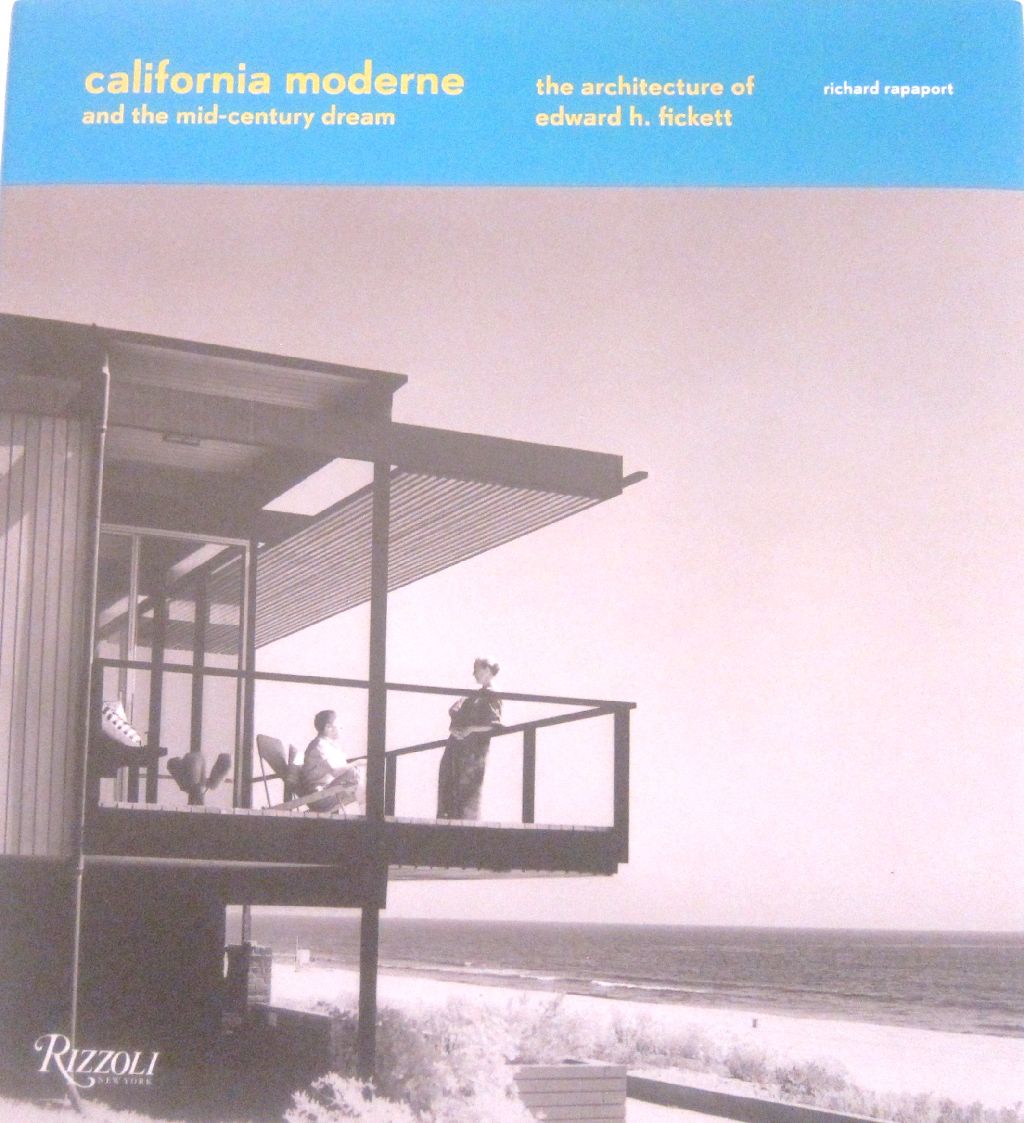 |
|
|
Fickett had a lot to be proud about and his relative lack of renown (the 2003 David Gebhard-Robert Winter ‘An Architectural Guidebook to Los Angeles’ had but one mention of him, for renovating a historic firehouse) is inexplicable.
But why is it necessary to rectify the record by strongly suggesting, and sometimes stating outright, as author Richard Rapaport does, that every characteristic of what we know today as mid-century modern design was invented by Fickett and that every other architect copied him? The open kitchen, the walls of glass, the overhanging eaves – Rapaport calls them “deep Fickett eaves” – we owe them all to Fickett!
Fickett, according to developer Ronald S. Dunas, who along with Fickett’s widow is one of the book’s main sources, was “truly the forerunner and pioneer of a new form of contemporary aesthetics. Countless architects thereafter copied the designs of Fickett.”
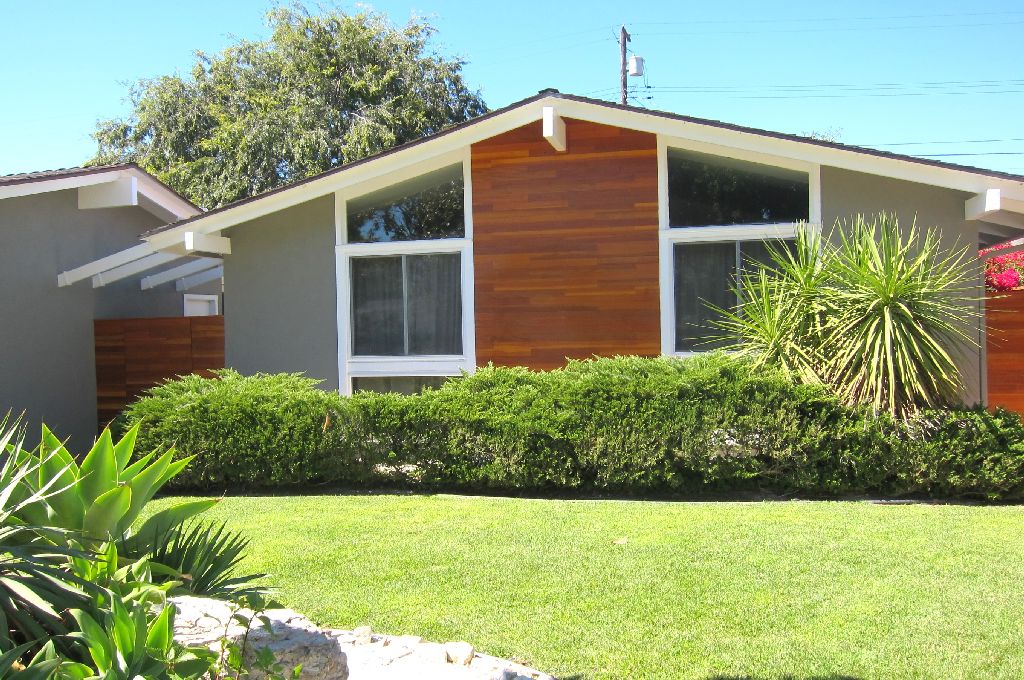 |
|
|
According to Rapaport, “bringing the outside in” wasn’t what every modern architect was doing. It was a “Fickett design principle.”
And not only was Fickett better than his compatriots, he was nicer to boot. “There was even a wellspring for humanity in the Fickett persona absent from the work of many lesser architects,” Rapaport says.
One of the very few other architects mentioned the book is Frank Lloyd Wright. He’s quoted, of course, praising Fickett. Rather than putting Fickett’s work into context, Rapaport pretends that context does not exist. Modern architecture in Southern California was all Fickett all the time.
We are told, for example, that Fickett was “the most sought after architect” of the time not just once, but three times – and this just in the introduction.
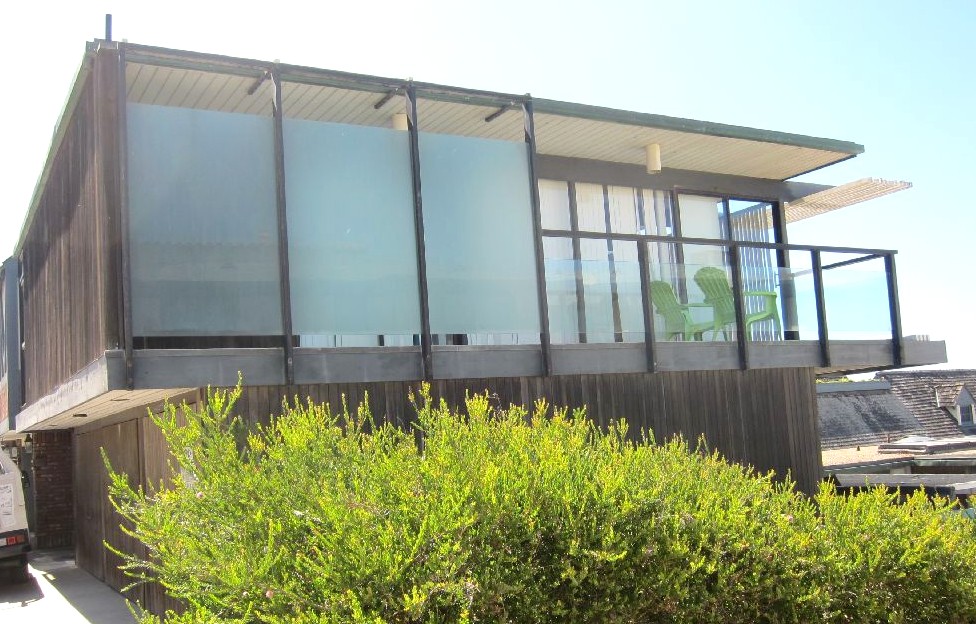 |
|
|
The book has multiple factual errors as well, including attributing buildings to Fickett that he had nothing to do with, or in whose creation he played a more limited role, including the residential development Trousdale Estates in Los Angeles.
Fickett did not design Ocotillo Lodge in Palm Springs, which was a Palmer & Krisel creation. “Fickett was never even remotely associated with the design of Ocotillo,” architect William Krisel said in an email about the claim.
Several pages are devoted to what the book says is a Fickett design, the “Janns house” in Palm Springs. The house, in fact, was designed by architect William Cody and is the Jorgenson house, says Chris Menrad, founder of the Palm Springs Modernism Committee. One of the photos in the spread, on page 140, shows an entirely different house, he says.
Rapaport also says in passing that Fickett would “periodically collaborate” with ‘Joseph Eichler & Sons,’ which of course was not the name of Eichler’s firm. Fickett designing for Eichler would be surprising and fascinating if true, but if the author has evidence, it is not produced. The book has neither footnotes nor even a bibliography.
The book even gets major biographical details wrong. There is no evidence that Fickett ever attended M.I.T., for example, let alone that he "received degrees in architecture, engineering, and city planning" there.
And why ‘moderne?’ That word these days means Streamline Moderne, sleek white-walled constructions from the ‘30s and ‘40s that evoke steamships and Fred Astaire movies, far from the earthier, more textural tone of much of Fickett’s work.
Fickett was a great architect and he deserves a great book. Maybe the next one will be it. This production, from Rizzoli, is nicely produced, with many full-page, or page-and-a-half photos and a few renderings. Plans would be nice. It’s hardback and $65. Just don’t believe everything you read in it.
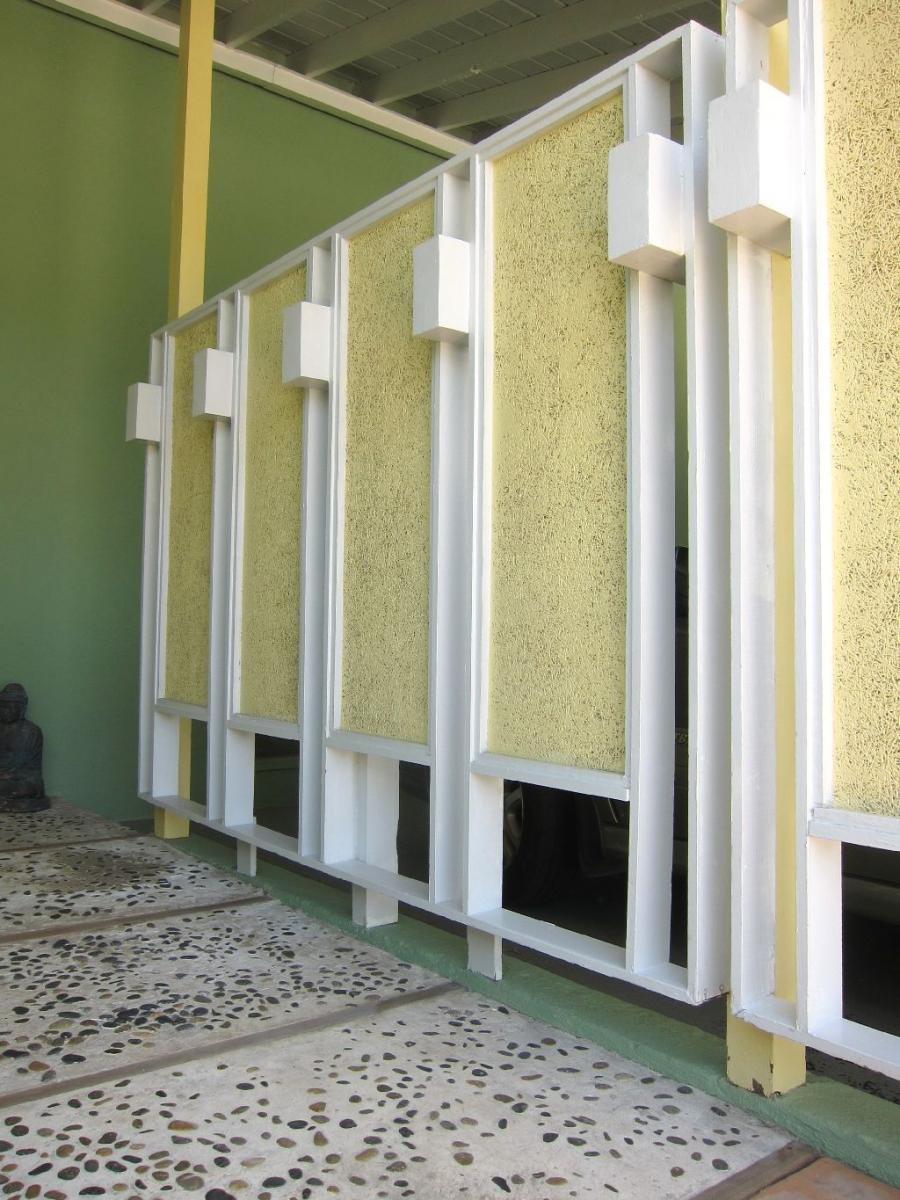 |
|
|
- ‹ previous
- 159 of 677
- next ›



